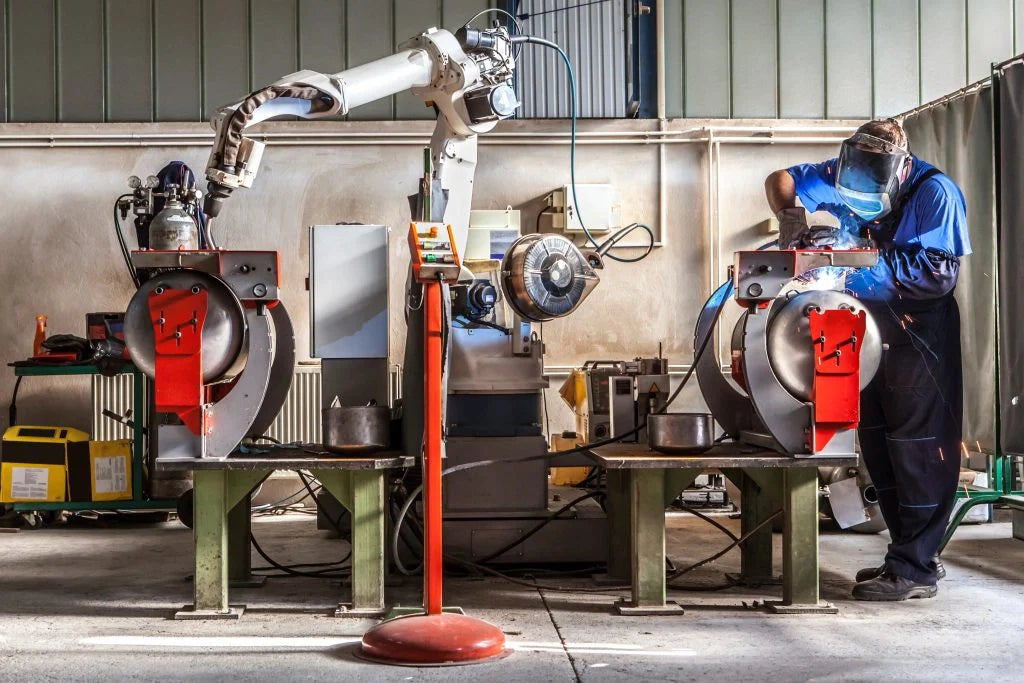
Robot Preventive Maintenance Market Set to Double by 2030, Driven by Advancements in AI and Increased Industrial Adoption
Share

The global Robot Preventive Maintenance Market, is forecasted to reach USD 10 billion marking a compound annual growth rate, CAGR of 10% during the period by 2030. This growth is largely driven by the increasing reliance on robotic systems across a variety of industries, which necessitates proactive measures to maintain operational integrity and ensure safety.
As more industries integrate robotic systems for tasks such as inventory management, material handling, and manufacturing processes, the demand for effective preventive maintenance solutions is becoming increasingly evident. With robotics playing a critical role in streamlining operations, mitigating risks from technical failures or unexpected malfunctions is a priority. The rise of these systems in both industrial and commercial settings underlines the growing necessity for preventive measures that ensure optimal robot performance.
The global surge in industrialization is a major catalyst behind the expansion of the robot preventive maintenance market. As industries continue to adopt advanced technologies like industrial robots to boost efficiency and productivity, the importance of seamless and continuous operation has become crucial. Preventive maintenance has therefore evolved into an indispensable practice to minimize risks, reduce downtime, and optimize the overall functioning of automated systems.
Don't Miss Out! Get Your FREE Sample!
Additionally, the incorporation of Artificial Intelligence (AI) and Machine Learning (ML) into robotics is further enhancing preventive maintenance practices. Predictive maintenance solutions, fueled by AI and ML, enable the early identification of potential issues, allowing for more intelligent and timely interventions. These solutions optimize maintenance by shifting from fixed schedules to more flexible, data-driven approaches, improving efficiency, reducing costs, and increasing system reliability.
Despite these advancements, the implementation of robot preventive maintenance systems presents a significant challenge due to high initial costs. Specialized equipment, advanced monitoring systems, and workforce training are essential components of these practices, creating a financial barrier, particularly for smaller businesses or those with limited resources. This financial burden may slow the broader adoption of these systems across various sectors.
Conclusion
The robot preventive maintenance market is poised for strong growth, fueled by the increasing use of robots in industrial applications and the integration of advanced AI and machine learning technologies. While high upfront costs remain a challenge, the transition to smarter, more flexible, and cost-effective maintenance practices promises to enhance efficiency and reliability. As industries continue to adopt robotics on a larger scale, the demand for effective preventive measures will undoubtedly play a critical role in maximizing operational uptime and safeguarding investments in automation technologies.